Paige Coleman
Advisor: Ralph Stern
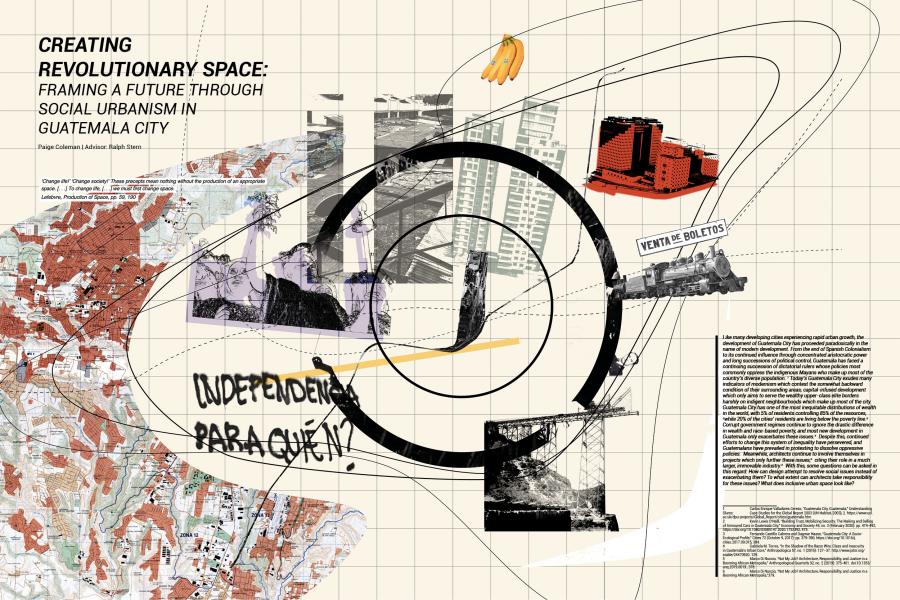
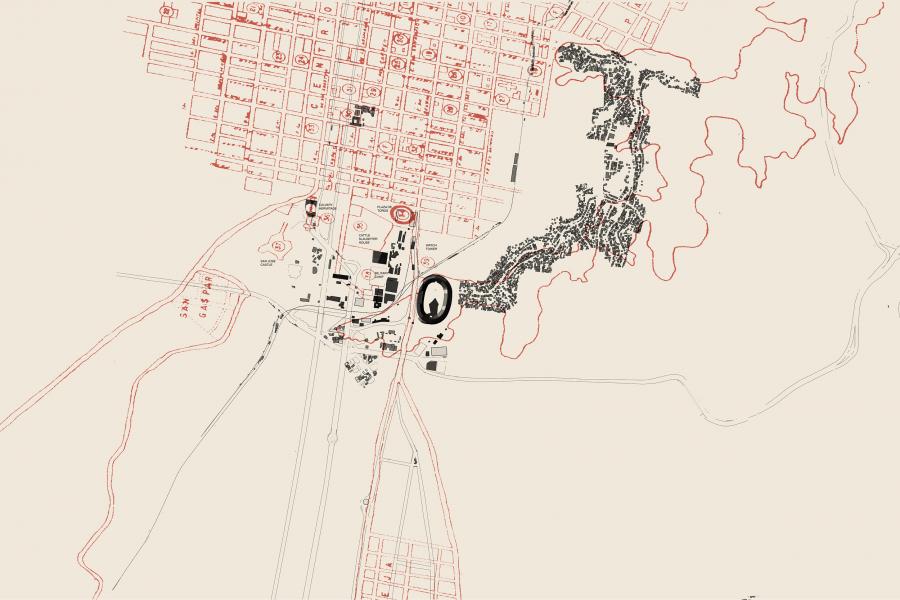
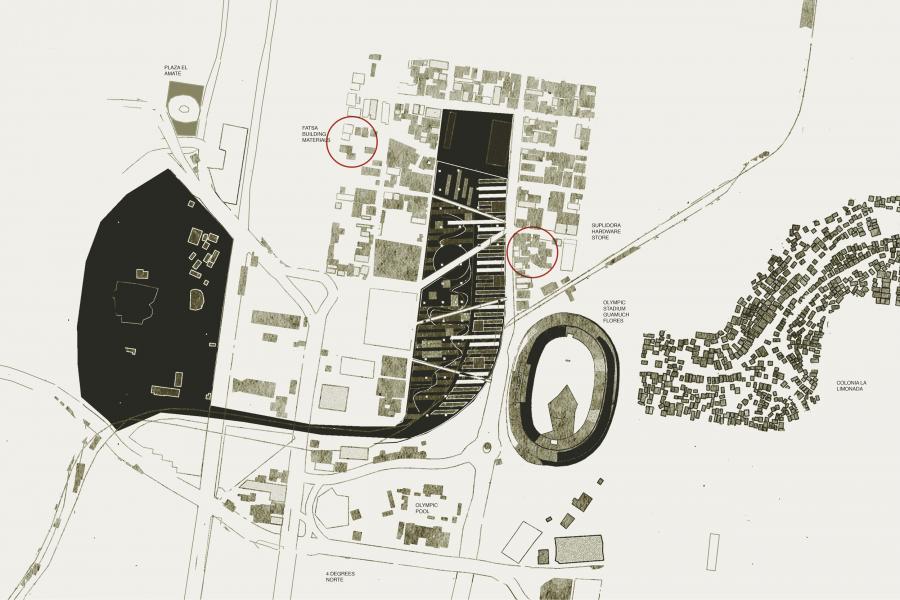
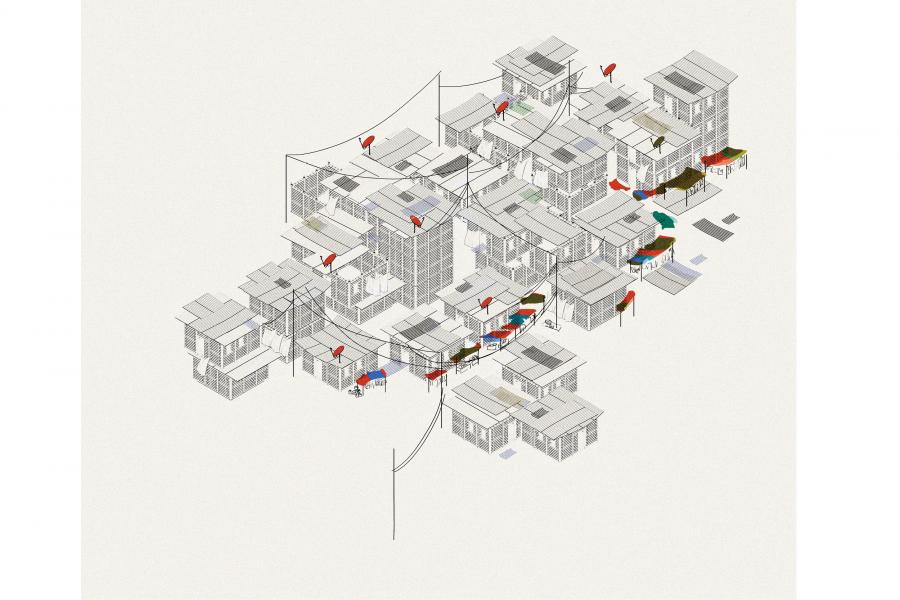
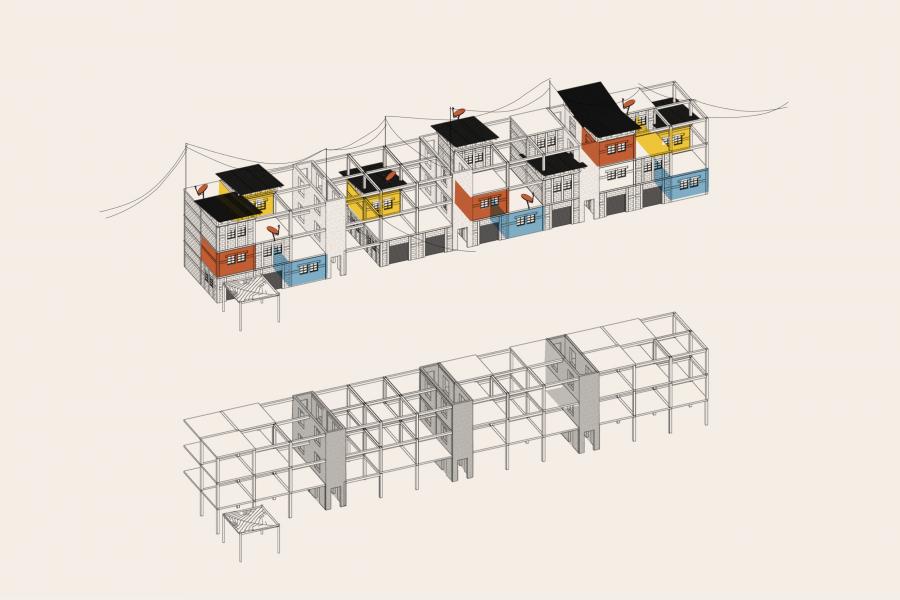
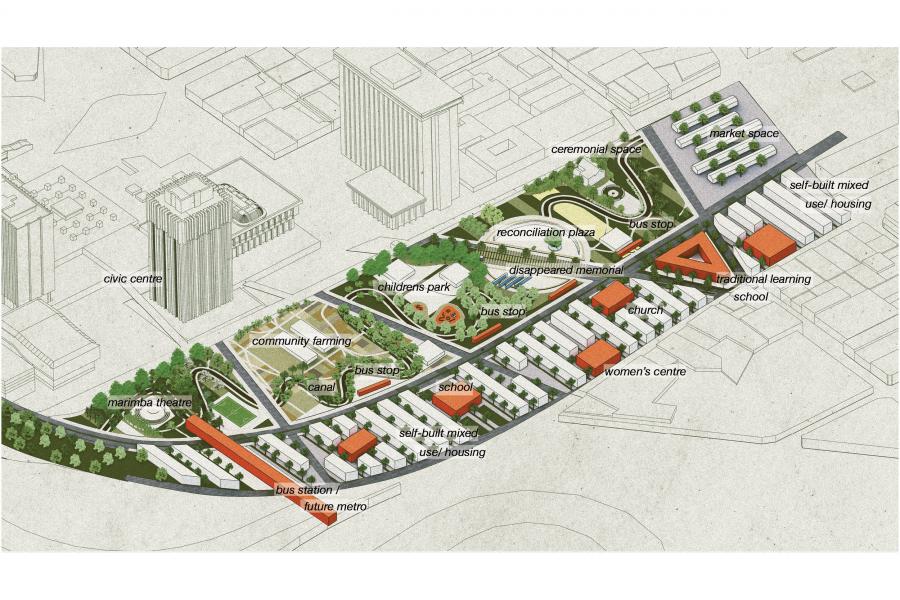
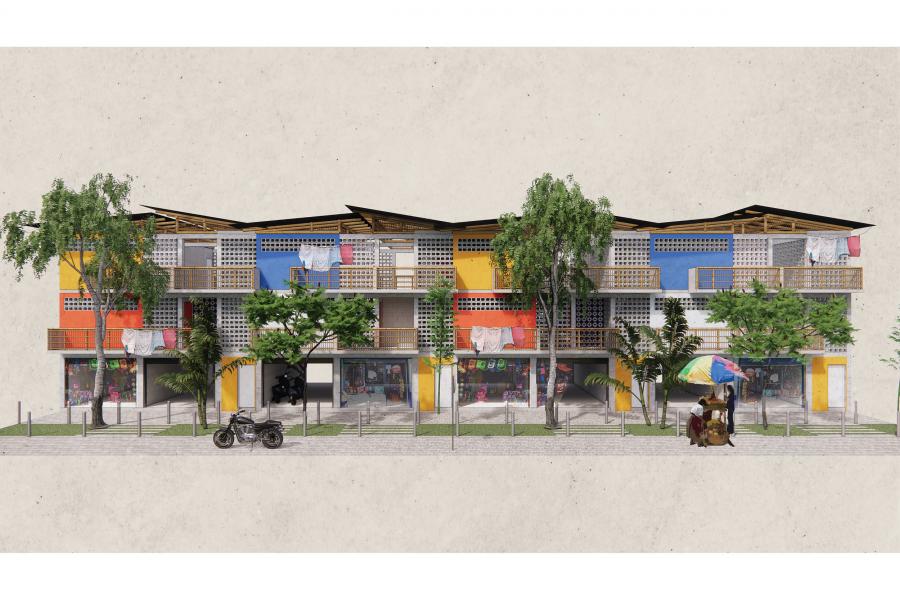
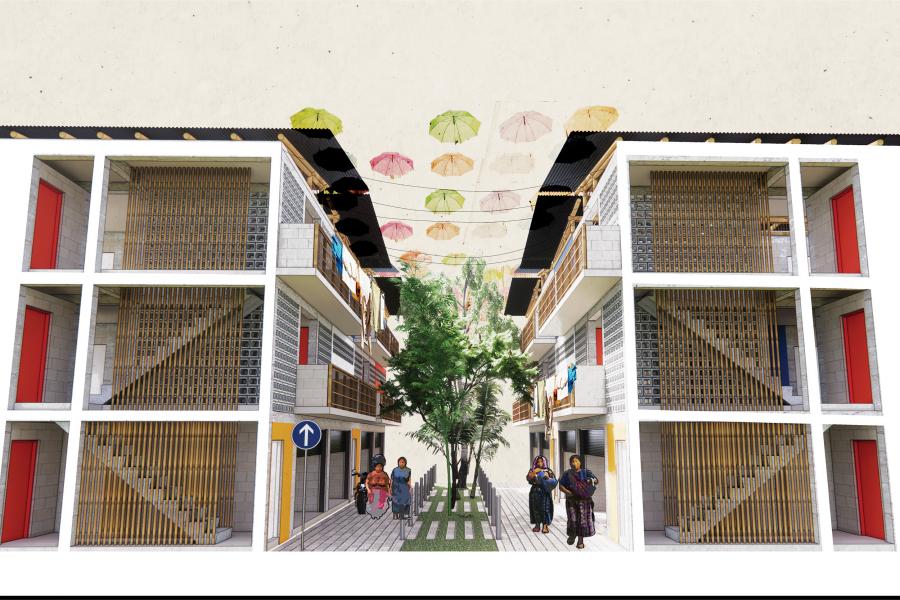
Creating Revolutionary Space: Framing a Future Through Social Urbanism in Guatemala City
Like many developing cities experiencing rapid urban growth, the development of Guatemala City has proceeded paradoxically in the name of modern development. From the end of Spanish Colonialism to its continued influence through concentrated aristocratic power and long successions of political control, Guatemala has faced a continuing succession of dictatorial rulers whose policies most commonly oppress the indigenous Mayans who make up most of the country’s diverse population.1 Today’s Guatemala City exudes many indicators of modernism which contest the somewhat backward condition of their surrounding areas; capital-infused development which only aims to serve the wealthy upper-class elite borders harshly on indigent neighbourhoods which make up most of the city. Guatemala City has one of the most inequitable distributions of wealth in the world, with 5% of residents controlling 85% of the resources,2 while 20% of the cities’ residents are living below the poverty line.3 Corrupt government regimes continue to ignore the drastic difference in wealth and race-based poverty, and most new development in Guatemala only exacerbates these issues.4 Despite this, continued efforts to change this system of inequality have persevered, and Guatemalans have prevailed in protesting to dissolve oppressive policies. Meanwhile, architects continue to involve themselves in projects which only further these issues,5 citing their role in a much larger, immovable industry.6 With this, some questions can be asked in this regard: How can design attempt to resolve social issues instead of exacerbating them? To what extent can architects take responsibility for these issues? What does inclusive urban space look like?
1. Carlos Enrique Valladares Cerezo, “Guatemala City, Guatemala,” Understanding Slums: Case Studies for the Global Report 2003 (UN Habitat, 2003), 2. https://www.ucl.ac.uk/dpu-projects/Global_Report/cities/guatemala.htm.
2. Kevin Lewis O’Neill, “Building Trust, Mobilizing Security: The Making and Selling of Armoured Cars in Guatemala City,” Economy and Society 49, no. 3 (February 2020): pp. 474-492, https://doi.org/10.1080/03085147.2020.1753392, 475.
3. Fernando Castillo Cabrera and Dagmar Haase, “Guatemala City: A Socio-Ecological Profile,” Cities 72 (October 9, 2017): pp. 379-390, https://doi.org/10.1016/j.cities.2017.09.015, 384.
4. Gabriela M. Torres, “In the Shadow of the Razor Wire: Class and Insecurity in Guatemala’s Urban Core,” Anthropologica 57, no. 1 (2015): 127–37. http://www.jstor.org/stable/24470920. 129.
5. Marco Di Nunzio, "Not My Job? Architecture, Responsibility, and Justice in a Booming African Metropolis," Anthropological Quarterly 92, no. 2 (2019): 375-401. doi:10.1353/anq.2019.0019., 378.
6. Marco Di Nunzio, "Not My Job? Architecture, Responsibility, and Justice in a Booming African Metropolis,"379.
